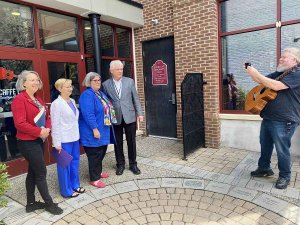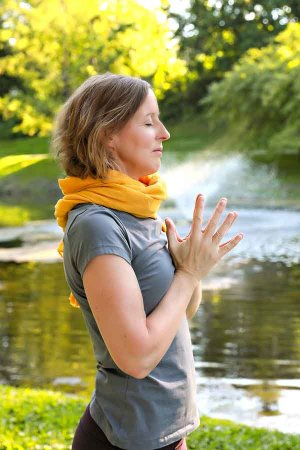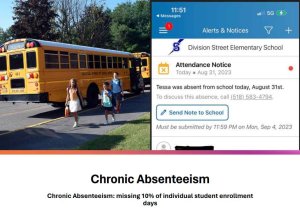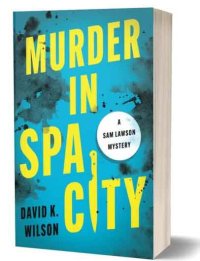Friday, 14 October 2016 11:33
Listen to Your Body’s Clues
My last article was centered around the importance of mobility and specifically mobility of the spine. I decided to continue with this concept of mobility as the backdrop to this article. My main focus will be providing a method that will help the reader discern what movements are appropriate and how to identify what movements may not be appropriate. And in some cases may be the very thing that is standing in the way of a person feeling better and improving their function.
I often say that the two most common mistakes people make are:
1. They do too much too soon.
2. They don’t do enough soon enough.
Finding the “just right” spot is not as hard as it may seem, but it does require some attention to details. It requires attention because although we share similarities, we are all unique and instead of learning what “most” people need to do, I try to encourage people to find what works best for them individually.
Let’s start with people doing too much too soon. There is a basic physiology that we share as humans and this physiology dictates some of the parameters that we must follow to have optimal results. For example when you eat healthy nutritious foods your body grows and responds to the demands of the day with greater ease. Or when you get adequate sleep your brain functions better. Similarly the body responds at a pace that our physiology, at lease in part, determines.
In basic terms, you can’t make the body heal faster than it is capable of healing, just as you can’t make your body respond to something just because you want it to. You can slow the healing process down by trying to do too much too soon, and more does not mean you will get better faster.
Listening to the body’s clues are essential for recovery.
Too often people get impatient and try to resume activities despite their body screaming at them to stop...or at least slow down. Often we have learned to ignore the warning signs the body gives and plow ahead despite the fact that if we would just listen to the body we would actually arrive at our desired location sooner then when we try to force ourselves to get better.
I literally have this conversation every week, and in some cases every day.
Determining what is too much is as simple as following the basic rules:
1. If the activity or position causes your symptoms to increase (pain to get worse) then you should stop. If the pain stops it is OK to try again. IF the pain does not stop you should stop the activity completely and wait a few hours before attempting this activity again.
2. If the activity or position is causing you to lose your motion or your tissue to tense up, you should stop, that activity. If when you stop your tension abolishes instantly it is OK to try again. If the tension persists, it is wise to avoid that activity or position for a few hours at least.
The point is not to stop “forever” it is to stop at that instant and see how your body guides you. It may seem unrealistic to follow this plan, but those that do consistently respond more rapidly than those that find reasons why it is not practical. So when the body alerts us that there is a problem in the form of pain or difficulty moving, it is NOT something to ignore and continue to force yourself to complete a task.
The other common error patients typically make is avoiding what needs to be done at the time it needs doing. Often patients will ignore their pain because they “have too much going on” or they “don’t have time to do the exercises that make them feel better.” And just as commonly, patients will become fearful of the pain or mobility loss they have experienced and back off even more which impedes their progress forward.
Due to the nature of pain and how it affects us in simple activities we are accustomed to doing each day, we become afraid of making our condition worse and end up avoiding things that are in and of themselves safe or helpful.
Doing less for extended periods rarely works to make you better faster. You may have noticed earlier in this article that I recommend people listen to pain and stop the activity that hurts, but I also recommend trying again after first taking a break from the offensive movement or activity. This is the key, I don’t recommend stopping forever, I recommend figuring out what the body is trying to convey, listening to it, following the guidance and resuming activities.
Even more importantly, I encourage people to continue all activities but to approach their days with new eyes. For example, instead of assuming something is “making them worse” I recommend developing baselines to compare what they are doing and how their bodies are responding to what they are doing.
To do this, it is important to start with the first thing each morning by reviewing how you feel... precisely at the start of your day. Then check how you are feeling a specific “marker” you perform each day. Your “marker” could be meals, or when you arrive at work, when you get home at the end of your day. The point is have to something consistent that you do regularly that you can use as a “marker.”
Next it is important to measure how you are feeling and how you are moving at the markers that you have chosen. This way you can compare how you are feeling and moving to moments throughout in the day. This way if you feel worse between breakfast and lunch you can see what you were doing during that time and precisely what activity or position was responsible for your regression. If your symptoms did not change then you at least know what you were doing is NOT making you worse. It may not be helping you get better...but you know those activities are not to blame for your problems.
This is a method for identifying what is specifically causing your problems and what is clearly not causing the problems. And this is also how you start to make the changes necessary to help you move and feel better.
This is one of the most effective ways I use to establish a foundation to build a more active life. It is what I teach those interested in learning for themselves what is too little and what is too much. By using markers throughout the day we begin to notice what is getting in our way of feeling better. We also identify what is helping us become more active. When we trust our body’s guidance we can learn to find the “just right” spot and our recovery is all the more likely to happen sooner than later!
Thanks for reading my articles. If you want to contact my office, please call 518-306-6894 or email me at This email address is being protected from spambots. You need JavaScript enabled to view it. . We also can be found at www.Goodemotept.com.



























 How to resolve AdBlock issue?
How to resolve AdBlock issue? 









